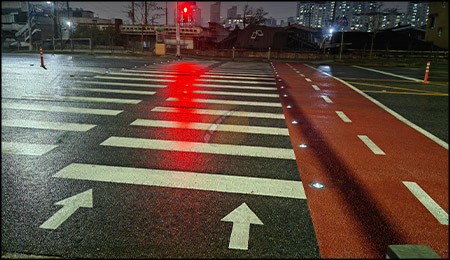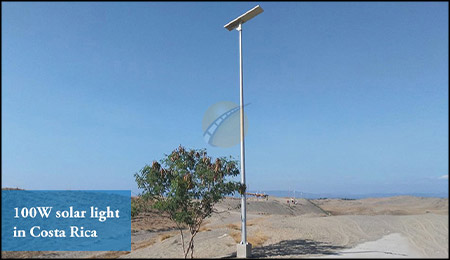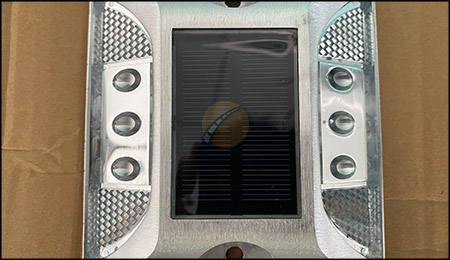What is the role of photoresistors in solar road studs?
May 17, 2023
The role of the photoresistor in the solar road stud is to sense the light intensity and control the switch state of the solar road stud.
A solar road stud is a road sign that uses solar energy to charge the road. The photoresistor is an important component in the solar road stud, and it is usually installed in the photoelectric sensor on the top of the road stud.
A photoresistor is a light-sensitive element whose resistance value changes according to changes in light intensity. When the ambient light intensity is dark or there is no sunlight, the resistance value of the photoresistor is high; and when the light intensity is bright or there is sunlight, the resistance value of the photoresistor is low.
In solar road stud lights, the photoresistor plays the role of sensing light intensity. When the photoresistor senses strong light, it means that there is sunlight hitting the road stud, and at this time the solar panel can collect enough solar energy for charging. Correspondingly, the photoresistor will turn off the internal circuit of the road stud, preventing the solar panel from being overcharged or damaged.
On the contrary, when the photoresistor senses that the light is dim or there is no sunlight, it means that the solar panel cannot be charged effectively. The photoresistor will turn on the internal circuit of the road stud, allowing the stored electric energy to emit light through LED lights or other indicating devices to remind road users to pay attention.
Therefore, photoresistors play an important role in light sensing and control switch status in solar road studs, ensuring that road studs can automatically adjust charging and lighting states according to light intensity.




